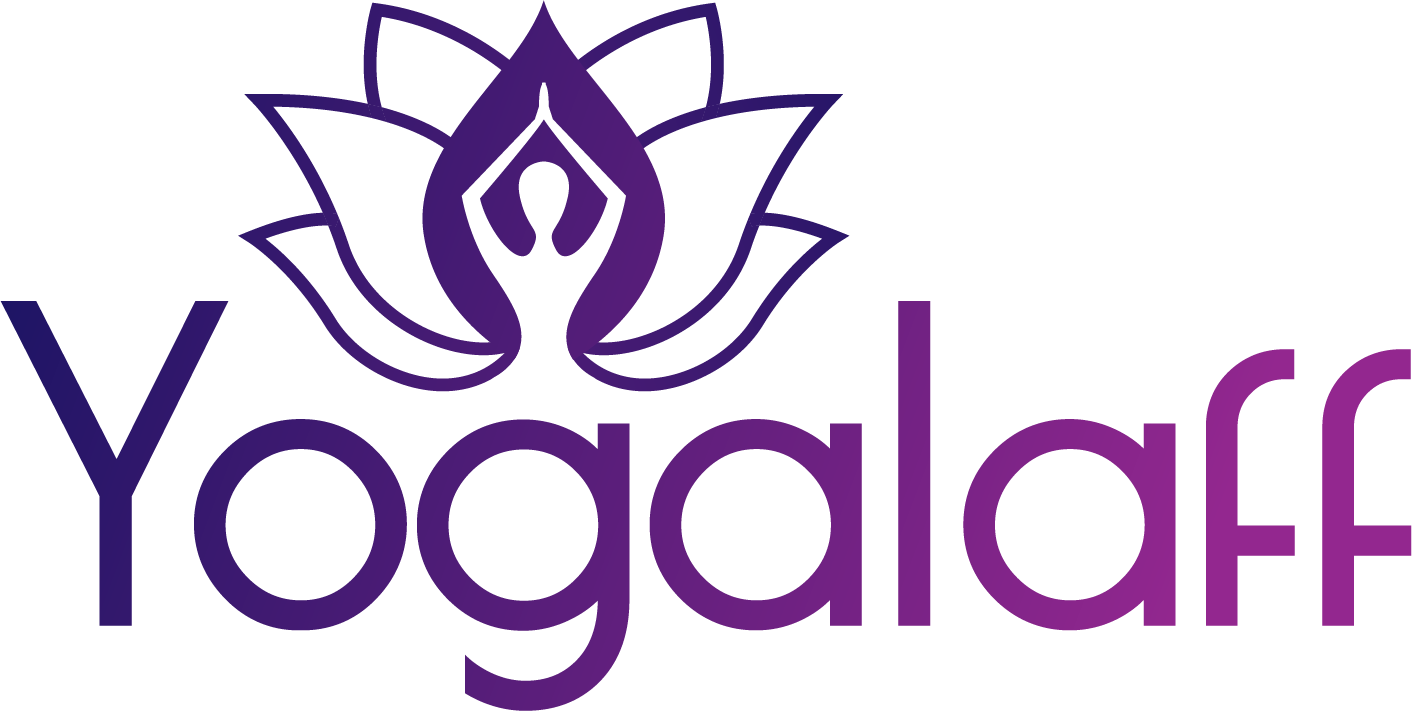
The benefits of meditation are many. This is especially so when our lives are marked by hefty workloads, pressing deadlines and (often) a daily cavalcade of difficult people.
When stress is the norm rather than the exception, the need for healing becomes pressing.
This is why the power of meditation is so important. The monk Bhante Gunaratana outlines three main effects of meditation: deep calm, a physiological slowing of metabolism, and a sense of peace and well-being. We could all do with a little more of these things.
On that basis, I’d like to share with you the approach that I’ve found most useful in my own life. It’s one that allows for all the positive effects of meditation whilst sitting with ease alongside the complexities of a hectic, time-limited life.
The Power of Meditation: A Unique Approach
Meditation is usually something that’s done once a day for about ten or fifteen minutes then promptly forgotten about. Buddhist scholar B. Alan Wallace equates this to, “…eating a wholesome breakfast, then snacking on junk food for the rest of the day.”
What we need is a method that roots the practice of meditation (and the ensuing benefits ) in our daily life. An incredibly efficacious approach that’s recommended by numerous teachers is made up of two parts: (1) a daily practice and (2) one or two short moments of meditation during the day.
It’s utterly simple! But it’s also effective. I’ll go through each…
1. Your Daily Practice
Your daily practice is your anchor and you will see benefits, due to the power of meditation, even if it is all you do.
Meditation is more than just a means of relaxation. “Bhavana” is the Sanskrit term and a direct translation is closer to the word “cultivation”. What we are doing in meditation is cultivating wholesome mental states such as compassion (loving-kindness meditation) and directed attention (mindfulness of breathing).
Mindfulness of Breathing is a time-tested technique. It forms the basis of many more advanced Buddhist practices. If you are beginning, then it is likely your best option.
Mantra Meditation: Another option for you to consider is the repetition of a mantra. This is the technique that Herbert Benson recommends in his book The Relaxation Response. It was this book that introduced many in the west to science-backed contemplative practices for the first time.
2. Short Moments, or “Micro-Meditations”
If, alongside your daily practice, you can set aside two or three moments for a short period of meditation you will really begin to see a change. We can all make a little space.
This is a dimension of the approach that Mark Thornton recommends in his book Meditation In A New York Minute: “…even the busiest people shower in the morning, commute to work, have lunch, sit in the back of taxis, have moments before and after meetings….”
Choose a handful of techniques (our site guide has many several techniques) that suit your temperament and circumstances. Body-scan and “sama vritti” breathing are two examples.
The “Empty Time” in Your Day
It’s possible to find a few minutes in any busy schedule. For example:
- Your daily commute.
- The beginning or end of your lunch break.
- At the end of the working day.
Bringing it All Together: Setting Yourself Reminders
Once you’ve acquainted yourself with a handful of techniques, you’ll need to incorporate them into your daily life. Identify the best times for practice and then set yourself some reminders, until the habit’s formed.
- Computer background/screensaver.
- Your phone’s background.
- Plum Village mindfulness software.
Further Reading
If you’d like to gain a better grasp of some of the science behind meditation, and why it is such a successful antidote to stress, I’ve written a short introduction to the scientific benefits.
There are many simple practices outlined on this site. Pick a few that are suited to you and your circumstances. You can see them all on the site guide. You might also like to check out this selection of books on the topic of meditation.
Guided Meditations: Easeful
We also have a compiled a list of music meditations. The meditations are useful for quickly learning a handful of techniques that you can use whenever the need arises.
References
Mindfulness in Plain English by
Meditation in a New York Minute by Mark Thornton
